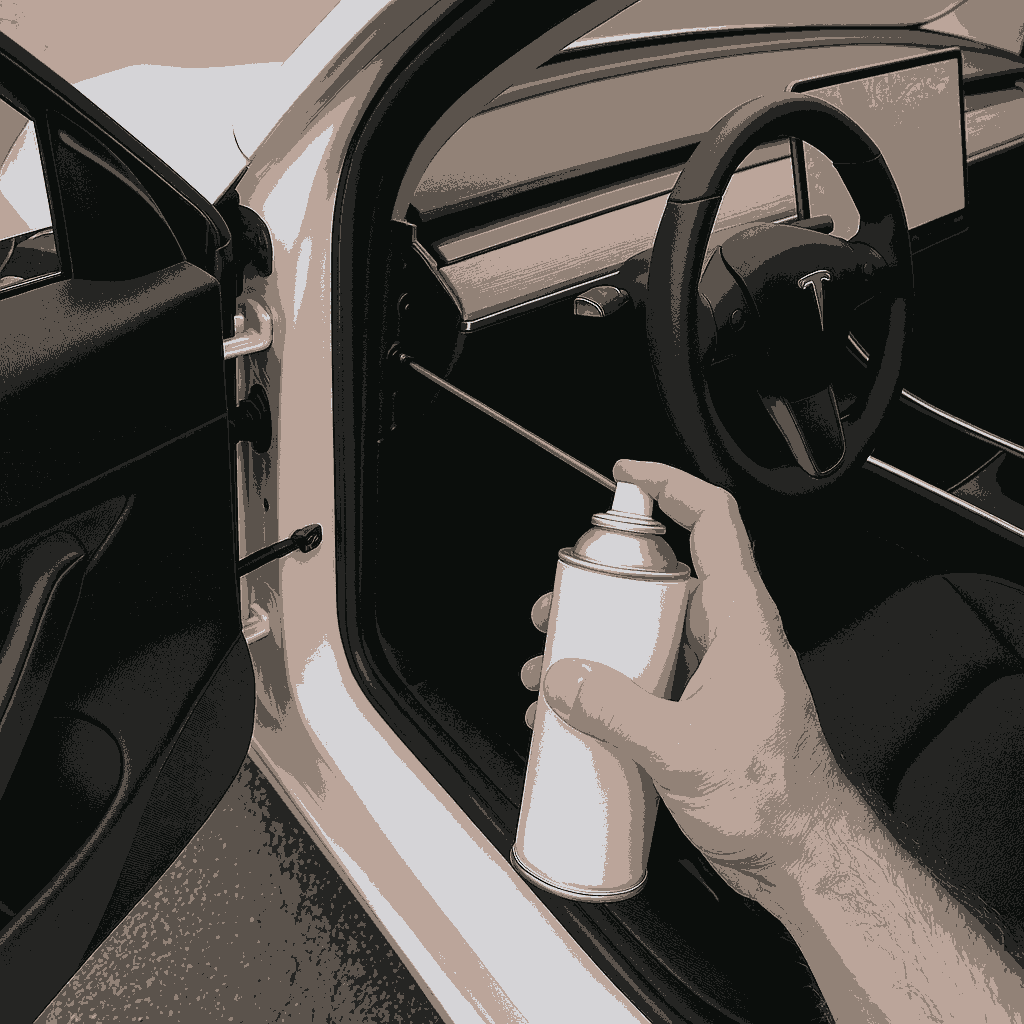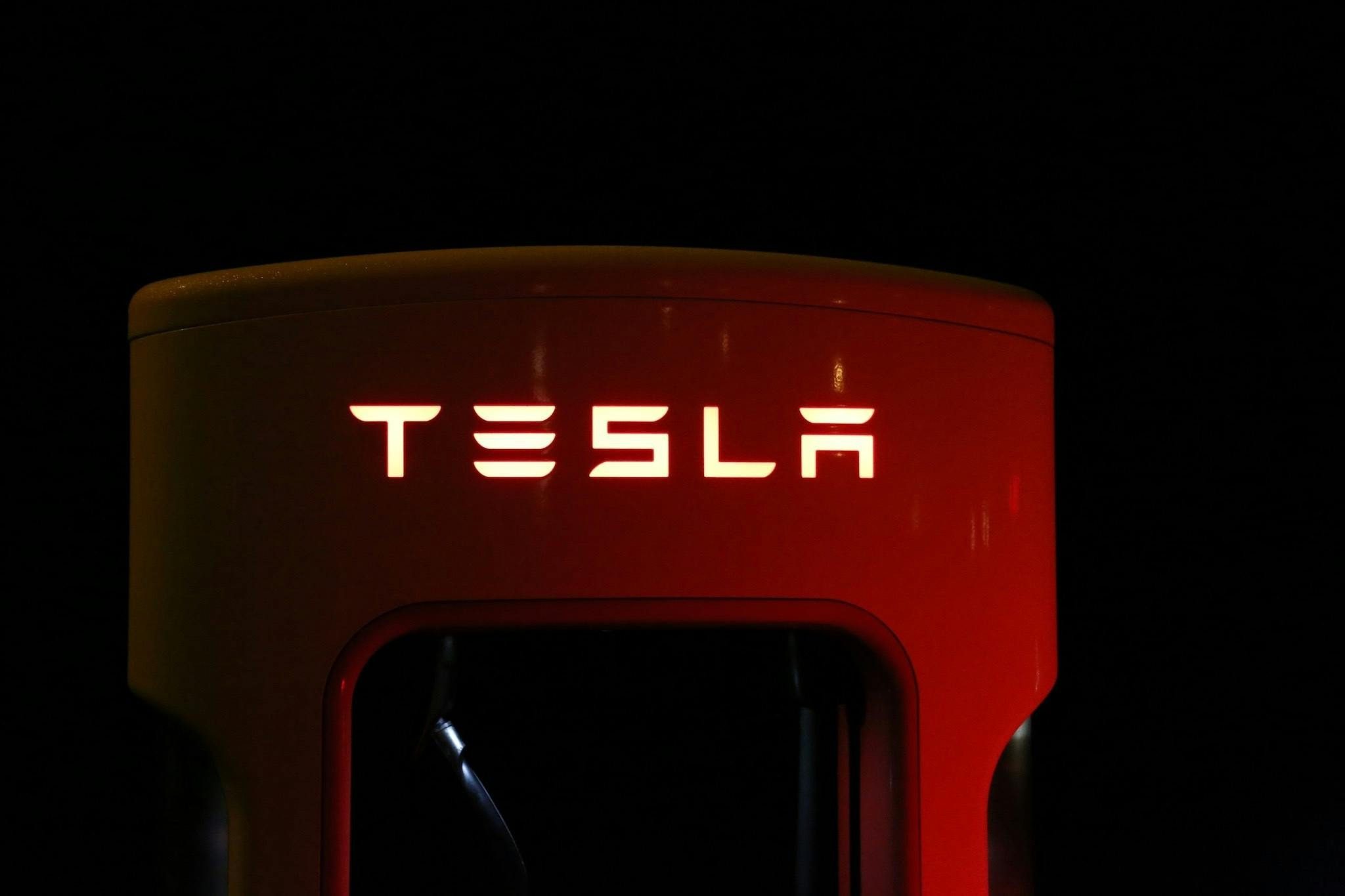Tesla vehicles have revolutionized the automotive industry with their cutting-edge electric powertrains, zero emissions, and drastically reduced maintenance needs. One of the most common questions new Tesla owners ask is, “How do I replace the oil in a Tesla?”
The answer might surprise you—most Tesla models don’t require traditional oil changes at all.
This shift in routine maintenance is one of the defining features of electric vehicles (EVs). Traditional oil changes are a relic of combustion engine vehicles, and Tesla’s all-electric design eliminates this need entirely. However, owning a Tesla doesn’t mean your maintenance duties vanish. It just means they change.
Understanding what those new responsibilities are—especially regarding fluids like brake fluid and coolant, as well as lubrication for key moving parts—can help you take better care of your EV and avoid unnecessary visits to a service center.

This guide walks you through the essential maintenance practices Tesla owners should know and highlights a few tasks you can safely perform at home.
Do Teslas Need Oil Changes?
Tesla vehicles do not have internal combustion engines, which means they don’t use engine oil like traditional gas-powered vehicles. This is one of the key advantages of owning an electric vehicle (EV). There’s no oil to lubricate pistons, no oil filter to replace, and no need for regular oil changes every 3,000 to 7,000 miles.
However, Tesla vehicles do use other types of oils and lubricants that require occasional attention, including:
- Transmission fluid (in some models)
- Brake fluid
- Coolant for the battery and electronics
- Lubricants for door hinges, suspension components, and drive units
While there is no engine oil to change, Tesla owners should still be aware of the vehicle’s scheduled maintenance and understand which fluids and oils do require attention—particularly brake fluid and battery coolant.
Tesla Oil and Lubricant Maintenance: What You Can Do at Home
Tesla recommends periodic service visits to check fluids, but some minor maintenance can be done by owners with the right tools and a bit of caution.
Below is a walk-through for inspecting and replacing brake fluid and lubricating critical components—the closest equivalents to traditional oil changes in a Tesla.
1. Check and Replace Brake Fluid
Brake fluid absorbs moisture over time, which can reduce braking effectiveness and lead to corrosion inside the system. Tesla recommends having brake fluid tested every 2 years and replacing it if contamination is detected.
To test brake fluid quality, using a simple dip-strip test kit like the Phoenix Systems BrakeStrip Brake Fluid Test Kit makes it easy to check for moisture and contaminants before deciding if a fluid change is needed.

If replacement is required, Tesla-compatible brake fluid such as Prestone DOT 3 Synthetic Brake Fluid is suitable for most Tesla models. For the actual fluid replacement, tools like the Motive Products Power Bleeder allow for quick and clean brake fluid bleeding, ensuring the system is flushed thoroughly.
Step-by-Step Process:
- Locate the brake fluid reservoir by opening the front trunk (“frunk”) and removing the plastic cover panel near the firewall.
- Use the BrakeStrip kit to test the fluid quality.
- Extract old fluid with a turkey baster or fluid extractor.
- Use the Motive Power Bleeder to flush fresh DOT 3 brake fluid through each brake caliper until the fluid runs clear.
⚠️ Always wear gloves and eye protection when handling brake fluid, as it is corrosive and can damage paint and plastics.
Finally, pump the brake pedal until it feels firm and check for leaks to ensure proper system function.
2. Lubricate Key Moving Parts
Even though Teslas lack traditional engine components, parts like door hinges, latches, suspension arms, and sunroofs (if applicable) need periodic lubrication to prevent wear and ensure smooth operation.
A great product for this purpose is WD-40 Specialist Silicone Lubricant. It’s safe for use on rubber, metal, and plastic surfaces—making it ideal for electric vehicles where delicate components require gentle but effective lubrication.

How to Apply:
- Open all doors, trunk, and frunk.
- Spray a light coat of silicone lubricant on all visible hinges and pivot points.
- Wipe away any excess with a microfiber cloth to prevent dirt buildup.
- Operate doors and latches several times to spread the lubricant evenly.
Perform this every 6–12 months, or if you notice creaks or resistance in moving parts.
3. Inspect Battery Coolant and Drive Unit Fluids (Model-Specific)
Most Tesla models use G-48 ethylene-glycol coolant for battery thermal management. While Tesla doesn’t recommend owners replace battery coolant themselves, some DIYers may choose to visually inspect coolant levels or monitor via diagnostic tools.

Tesla’s drive units (rear and front motors) contain sealed synthetic gear oil, designed for long life and serviced only during major repairs or under warranty.
Tesla strongly discourages non-certified maintenance on these sealed systems, as improper handling can void warranties or cause performance issues.
What You Should Not Try to Do
There is no engine oil to change in a Tesla, and attempting to “change the oil” in a traditional sense may cause confusion or unnecessary disassembly. The electric motors are sealed systems, and any attempt to open them should be left to certified Tesla service technicians.

Conclusion: The New Meaning of “Oil Change” in a Tesla
While Teslas don’t need oil changes in the conventional sense, they still require occasional fluid checks and maintenance to stay in peak condition. Replacing brake fluid, lubricating suspension and door components, and staying informed about Tesla’s service recommendations are all critical aspects of responsible EV ownership.
This shift in maintenance mindset reflects a broader trend in automotive evolution. Instead of frequent oil changes and spark plug replacements, EV owners focus on high-voltage safety, digital diagnostics, and targeted maintenance.
It’s a simpler system, but not one that should be ignored. Proactive care today—like checking brake fluid or lubricating hinges—prevents larger issues tomorrow and keeps your Tesla operating as it should for years to come.
Takeaways:
- No engine oil means no traditional oil change for Tesla vehicles.
- Focus instead on brake fluid, battery coolant, and mechanical lubrication.
- DIY-friendly maintenance includes brake fluid replacement and lubrication of hinges and moving parts.
- Always use Tesla-approved products and avoid opening sealed systems.
By taking a proactive role in your Tesla’s care, you ensure top performance and extend its service life—without ever needing to get your hands dirty with motor oil. For more EV maintenance tips, check out our guide on how to safely install a dash camera in a car with airbags—an important step if you’re adding accessories to your Tesla while maintaining factory safety standards.
